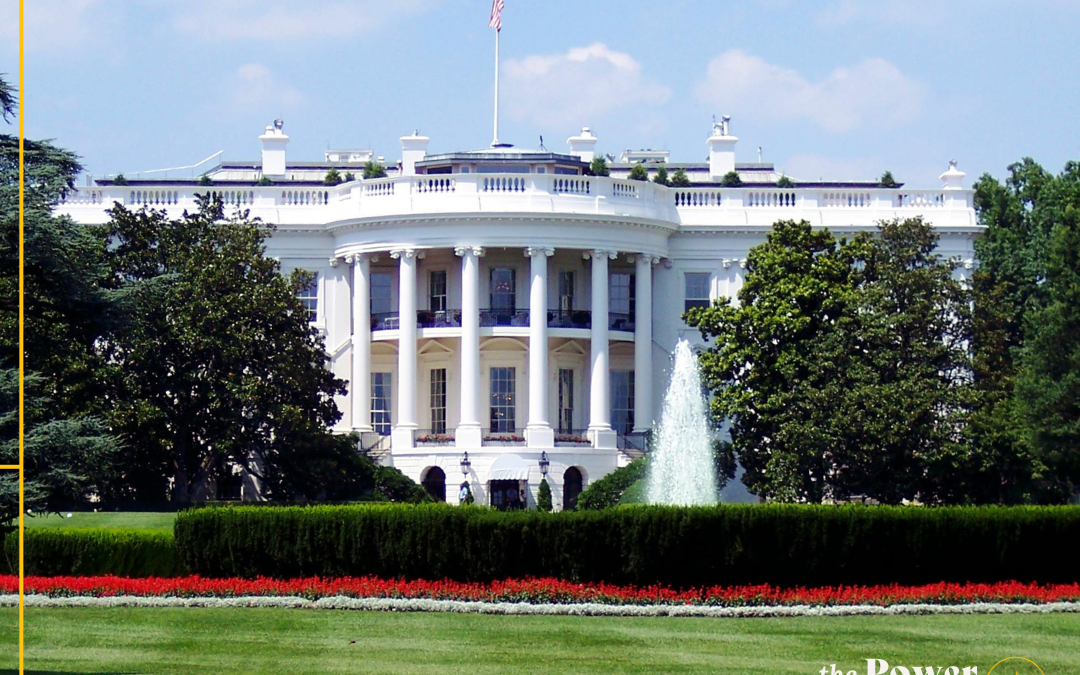The Tax Cuts and Jobs Act has lowered the acquisition debt threshold for deduction of mortgage interest.
Prior Law
Through December 31, 2017
Taxpayers may claim an itemized deduction for “qualified residence interest” also known as the mortgage interest deduction for interest paid or accrued on acquisition indebtedness secured by a qualified residence. The mortgage interest deduction is allowed as long as acquisition indebtedness is $1 million ($500,000 for married filing separately) or less. Taxpayers are also allowed to deduct interest on home equity indebtedness up to $100,000 ($50,000 married filing separately) and the debt can’t exceed the fair market value of the residence, reduced by the acquisition indebtedness.
New Law
Effective for tax years beginning after December 31, 2017, and before January 1, 2026
The maximum acquisition debt is limited to $750,000 ($375,000 for married filing separate) to claim the mortgage interest deduction. Debt incurred on or before December 15, 2017, is subject to the $1 million ($500,000 married filing separate) acquisition debt limit. For a taxpayer who has entered into a binding written contract before December 15, 2017, to close on the purchase of a principal residence before January 1, 2018, and who purchases that residence before April 1, 2018, is treated as having incurred acquisition indebtedness before December 15, 2017, and thus can follow the $1 million limit. Also, note that the deduction for home equity interest is no longer allowed for tax years 2018-2025. [UPDATE: On Feb. 21, 2018, an IRS news bulletin provided guidance on how the interest of a home equity loan can still be deductible. Read more here.]
Commentary
The $1 million ($500,000 married filing separate) limit still applies to any indebtedness incurred on or after December 15, 2017, to refinance “qualified residence interest” incurred before that date, to the extent the amount of indebtedness resulting from refinancing does not exceed the amount of original (refinanced) debt. However, the treatment of debt refinancing to apply the $1 million limit does not apply to any indebtedness after the expiration of the term of the original indebtedness. It also appears that the ability to deduct mortgage interest on debt secured by a second home is still allowed under the Tax Cuts and Jobs Act. However, the overall debt limit still applies. Thus the combined debt limit of $750,000 applies for combined debt for both a main residence and second home if both mortgages were incurred on or after December 15, 2017.
Contact one of our certified tax professionals.





